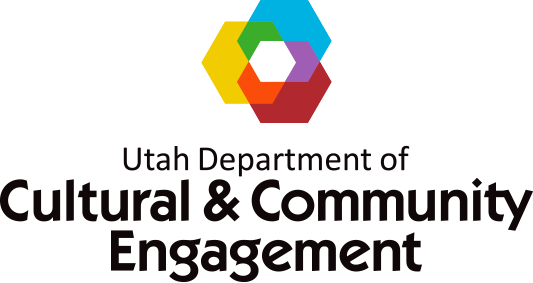Governor Gary R. Herbert’s proposal for an additional $6 million for the arts and museums grants pool would provide significant, important boosts to arts organizations and museums. In this post, we will attempt to address general questions that have been raised.
What is the specific proposal, and how will it impact current funding?
The governor proposed $6 million in ongoing funding, which means that amount would continue to be appropriated every year unless the Legislature decided to change it. In other words, if approved this year and left unchanged for a decade, the state would be investing $60 million in the cultural sector.
It would not impact the existing ongoing state appropriation for grants funding, which is currently $900,000. When combined with funding from the National Endowment for the Arts, the current grant pool for Arts & Museums is $1.6 million.
The addition of $6 million would mean the grant pool is equal to 3 percent of the $250 million spending by cultural organizations statewide. That sends a strong message that the state believes in the importance and impact of the cultural sector and wants to support it.
How will the additional grants funding be distributed?
These funds will be allocated directly to nonprofit and municipal cultural organizations statewide through a competitive process that ensures accountability for taxpayer dollars and gives everyone a fair shake at the grants. Currently, more than 250 organizations receive funding through the Arts & Museums grant programs. Grants are reviewed by citizen volunteers and approved by the members of the appropriate Arts & Museum boards. Grant funds will be distributed by Arts & Museums, which includes a competitive peer review of applications and final reporting requirements in their process.
What impacts will the funding have on the state?
Utah’s cultural employment has grown at 4.01 percent, one of the fastest growing cultural sectors in the nation. Increasing the amount of grant funding will spur additional growth in this sector, which can create jobs, attract new residents and businesses, and encourage expanded tourism. As population increases in the state, the demand for broader cultural offerings will increase and this funding will help organizations large and small meet those demands. These expanded offerings, in turn, elevate quality of life because cultural arts funding helps foster community pride and brings creative activities to the people.
Is the $6 million enough to actually help organizations?
Absolutely. These grants provide general support for an organization, as opposed to many private donations that fund a specific project. This gives them needed flexibility in their budget, but is also the hardest to secure privately.
Cultural organizations in Utah are constantly faced with the challenge of serving more people with flat or even decreasing funding levels. The grants funding has not increased in years, which means the relative amount for most organizations has shrunk considerably. Increasing the amount will once again mean the grants most organizations receive makes a genuine difference.
If the state increases its investment in cultural grants, will that discourage private donations?
No, and in fact, the opposite would likely happen. Government funding leverages other private funds and provides a “good housekeeping” stamp of approval. Every $1 of government support for arts and culture leverages $9 in earned income, secures private contributions, and local matching funds. A small investment is multiplied resulting in more jobs and small businesses.
What happens if the governor’s proposal does not pass the Legislature?
If the grant funding does not increase, many cultural organizations will find it more difficult to serve their constituents. The relative amount received from grants will continue to decrease because of inflation and a growing pool of grantees. The lack of public funding will force more organizations to depend even more heavily on private donations, reducing their ability to cover basic operating expenses or plan for the future. This could be felt most acutely in rural communities, where private donations can be harder to find.
How can people help?
We support the governor’s budget proposal, and appreciate any outside support we get. However, we also want everyone to engage with their elected leaders, so regardless of where you stand, contact your legislator. If you have received grants previously, share your experience.
If you are supportive of the governor’s proposal, tell your legislator why you support it. Even better, share your own story of the impact of the cultural sector in your community.







